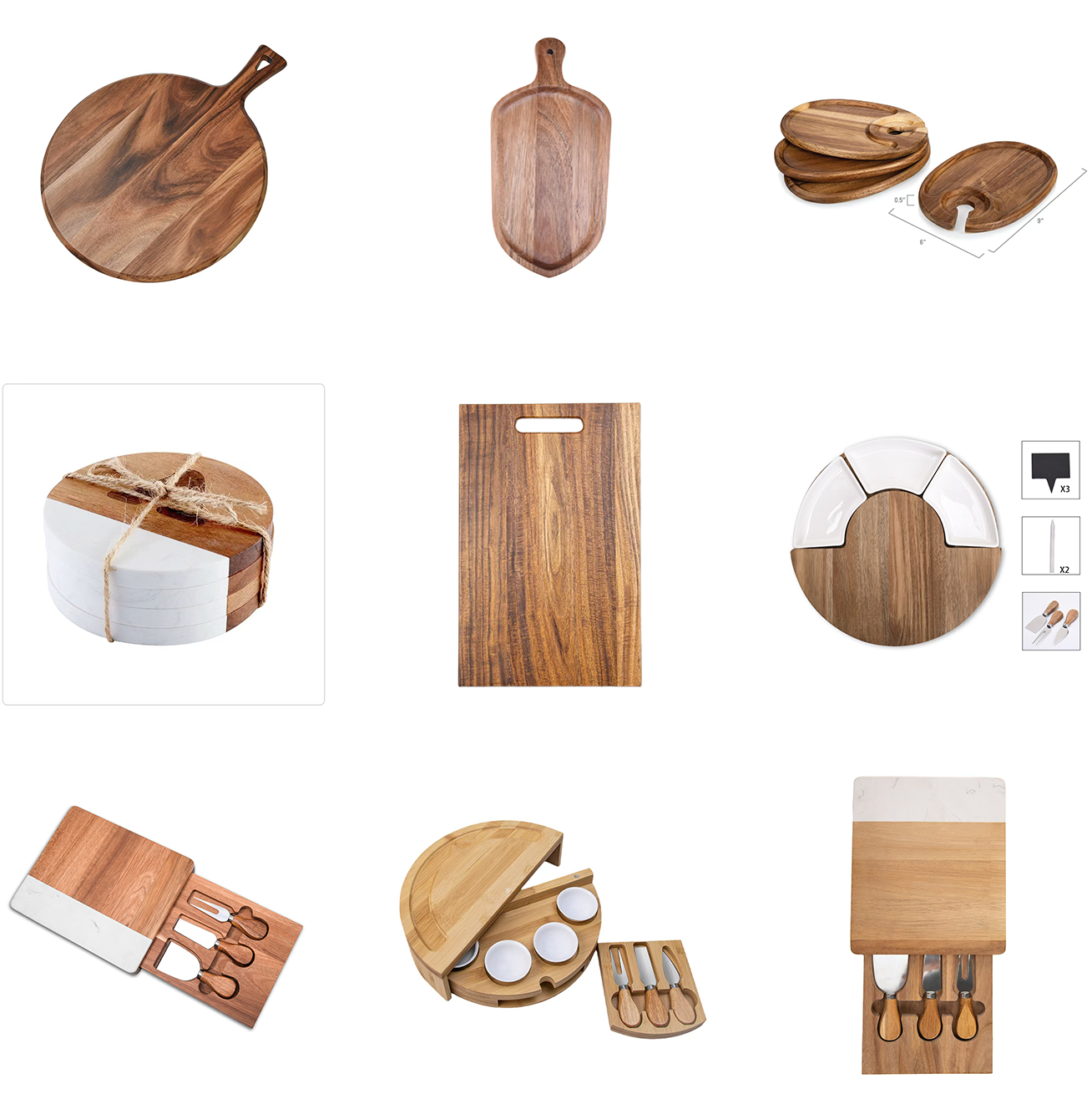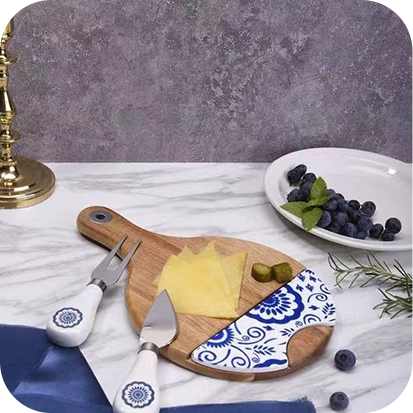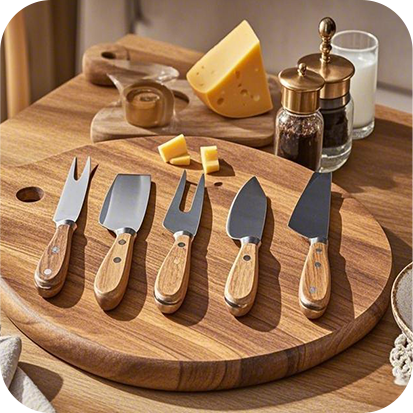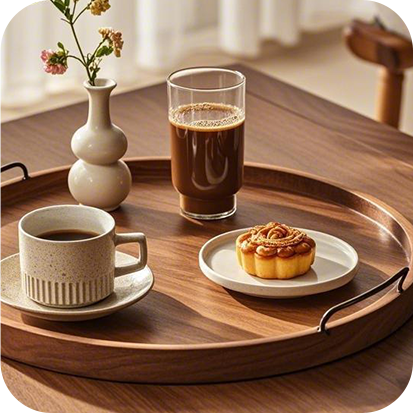Wood can be made food safe through proper certification, finishing, and maintenance. Learn how certified Acacia boards offer sustainable and hygienic kitchen use.
How to Make Wood Food Safe: Essential Practices
Wood is a popular material in kitchen tools for its natural appeal and durability. However, not all wood products are safe for direct food contact. Here’s how to ensure your wooden boards and trays meet modern food safety standards.
1. Choose Certified Materials
Start with woods that carry food safety certifications. For instance, an LFGB certified customizable Acacia wood prep board guarantees that the materials used won’t transfer harmful substances to food—even under heavy use.
2. Use Safe Finishes
Avoid wood finishes that contain polyurethane or varnish, which may leach chemicals when exposed to moisture or heat. Instead, use food-grade mineral oil or beeswax for sealing the wood.
3. Customize Responsibly
The Recyclable material customizable Acacia wood cheese platter board combines eco-conscious design with food-safe coatings, making it both sustainable and hygienic.
4. Sanitize Properly
Wooden boards should be cleaned with hot water and mild soap immediately after use. Avoid soaking or dishwasher exposure, unless explicitly marked as dishwasher safe.



















